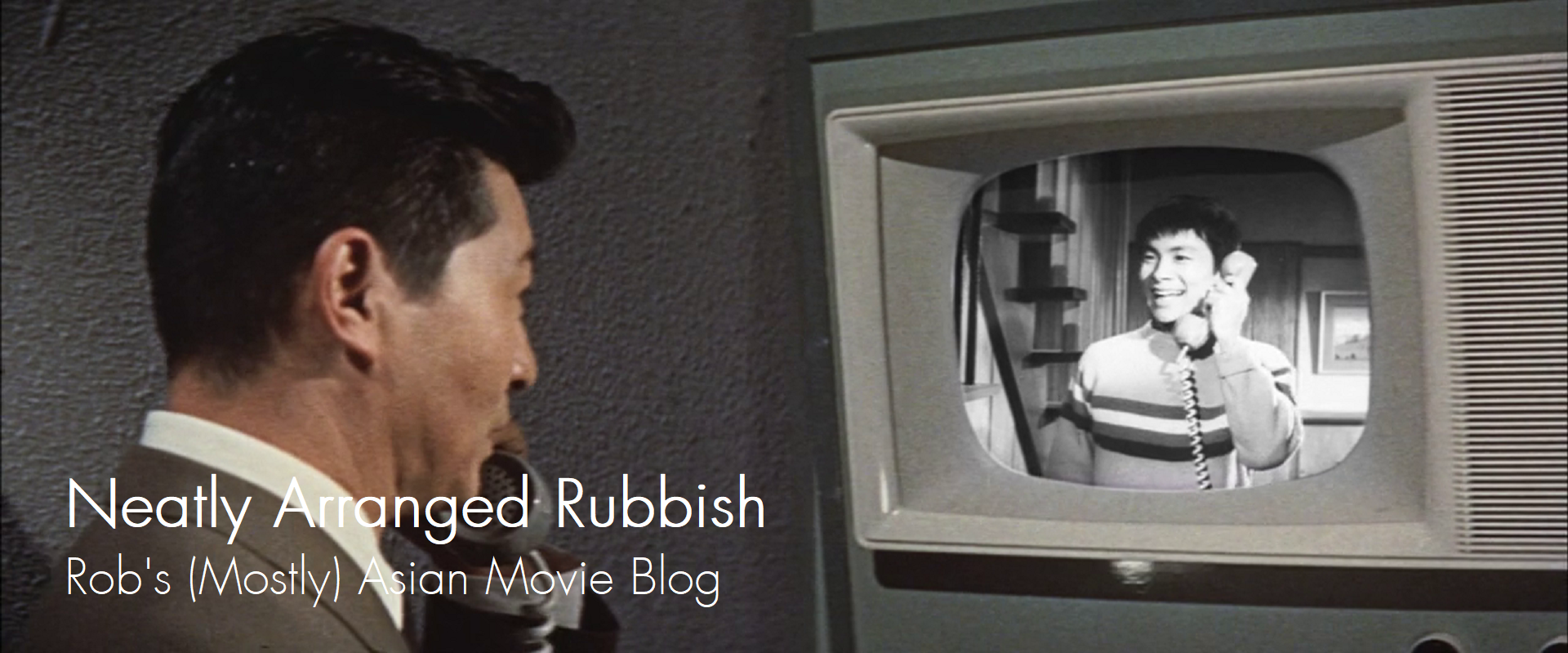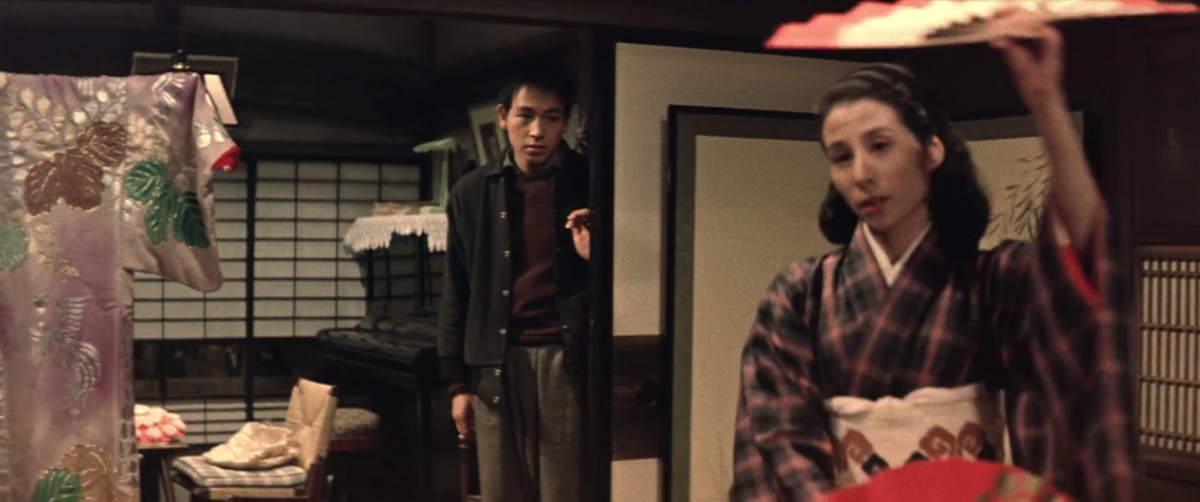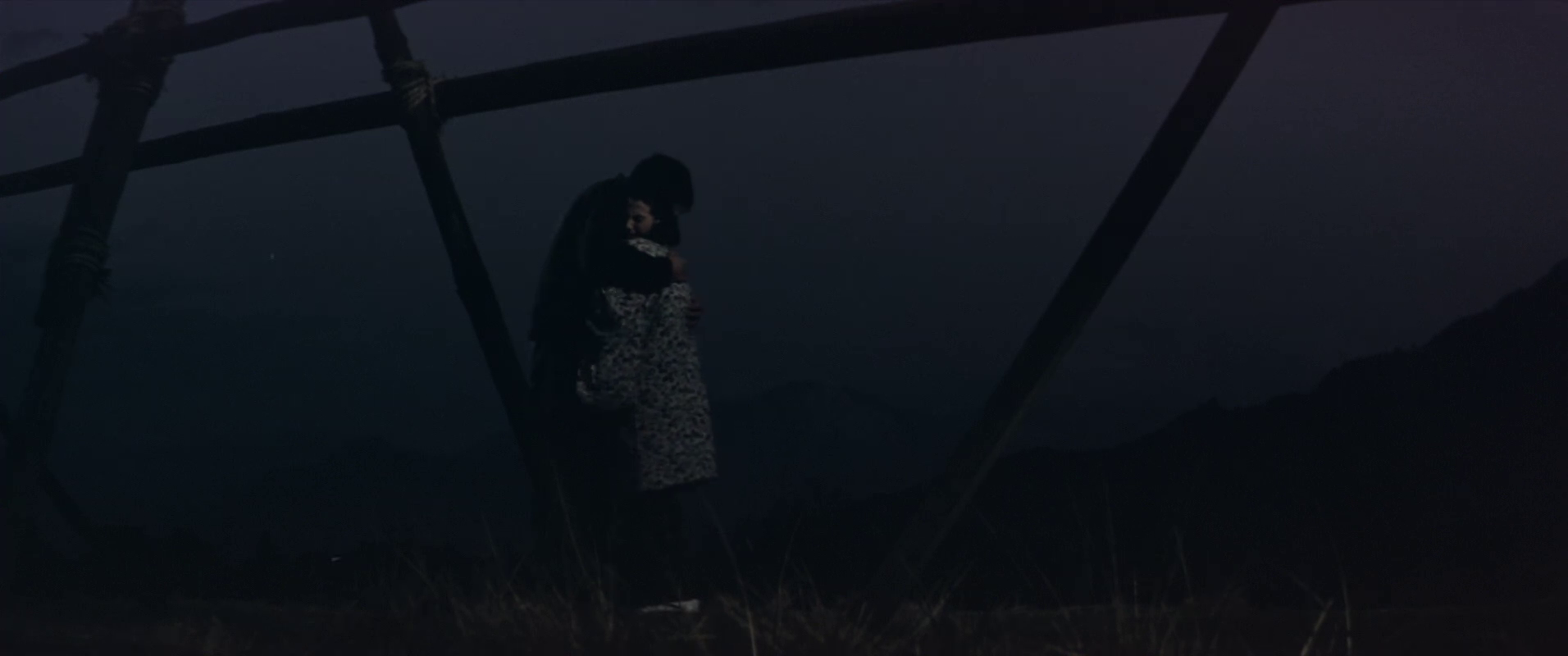Last Updated on January 24, 2021 by rob
In 1940 the only son of an aristocratic family commits suicide with his pregnant wife (Keiko Kishi). However the latter survives to eventually give birth to a son, Sutueo (Yusuke Kawazu). 19 years later, with the family having lost its status along with most of its land, the adult Suteo harbours a deep love for his adoptive sister Sakura (Yoshiko Kuga). But when Sakura is lined up for marriage – at the behest of a pushy mother (Chieko Higashiyama) desperate to reclaim the family’s former status – it looks as though the pattern of tragedy and suicide may be about to repeat itself.
A flurry of snow blossoms = a flurry of memories. That’s the smart conceit at the heart of this slow but ultimately deeply poignant and moving story. Effectively an ensemble piece, writer/director Kinoshita once again explores the theme of family bonds which would dominate his work, although one of the refreshing surprises here is that while he maintains an overall sympathetic approach to his characters he finds just as much to criticize as praise in a family dynamic that proves suffocating for mother and son until a pivotal event gives both the chance to walk away over the bridge that holds such unhappy memories and begin their lives over. Although Keiko Kishi gives a typically solid performance as the mother, the film is all but stolen by Yusuke Kawazu’s near wordless turn as her son. His body language, the way he brightens up the minute Sakura is around, the letter he writes congratulating Sakura on her marriage even though it’s killing him inside, you really feel for this kid and it’s all achieved without a hint of melodrama.
The film is also fascinating from a formal perspective. As usual Keisuke directs in a series of beautifully staged master shots with the actors so well blocked you’re barely even aware of his cutting but what really takes the viewer by surprise is his jumping back and forth between the two timelines of 1940 and 1959 in a style which clearly prefigures the editing techniques of the 1960’s Japanese New Wave and is at least contemporary with that of the French movement. The first act of Snow Flurry presents us with a blizzard of events featuring Keiko and Kawazu at different ages but with none of the cinematic punctuation traditionally attendant upon a flashback (no dissolves or fading from colour to black and white) and it is bewildering. But as you stick with it not only does the wider context gradually come into focus but so too does a genuine tension as we wait to see how the traumatic events glimpsed piecemeal in the opening came to be and if they get resolved. To sum up, if not a masterpiece then very close.


